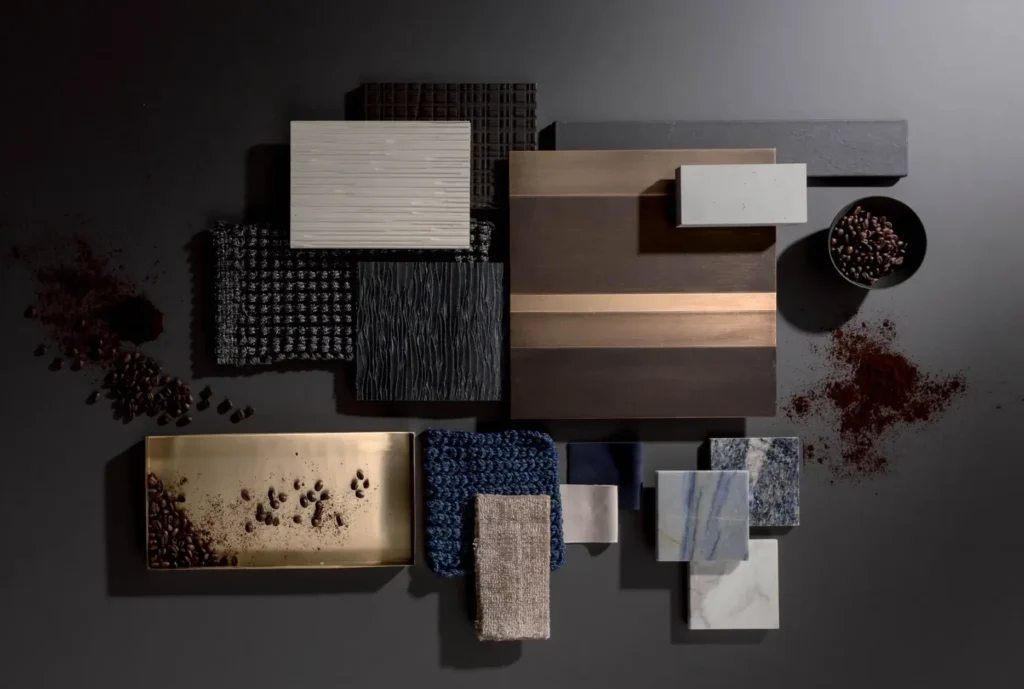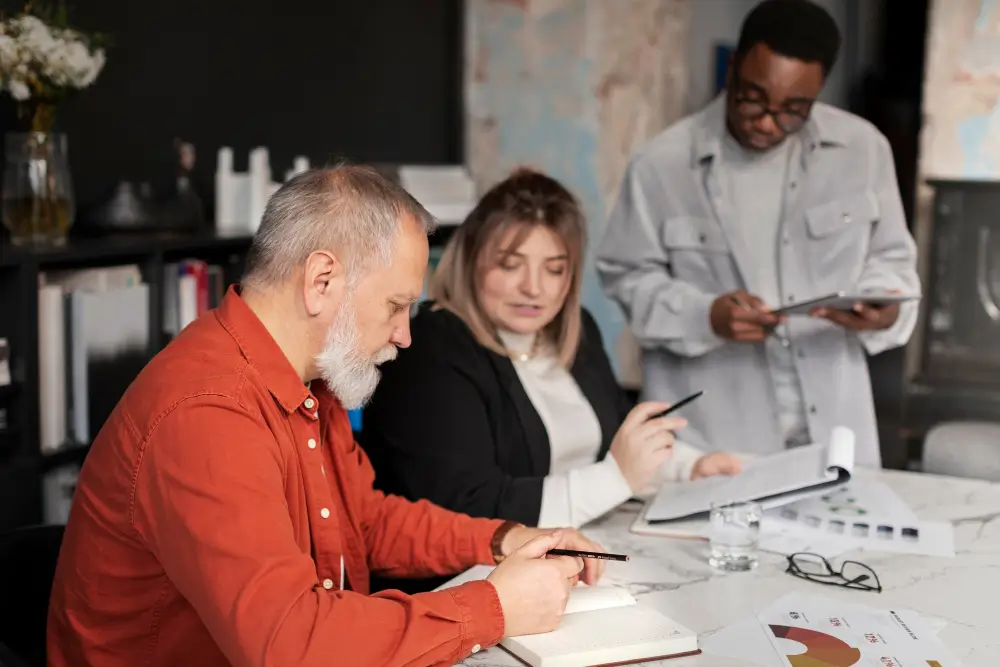
As an interior designer, you must specialize in designing and decorating internal areas. The majority of newbies or freshers make mistakes while completing their first projects. They need to know the exact steps or responsibilities that they should know. So, what are the duties and responsibilities of an interior designer?
An interior designer must understand the client’s recommendation, space requirements, and other core things. These pieces of content will be helpful in boosting your skill and proficiency in interior design.
So, what will you know? In this context, I’ll briefly describe the most important responsibilities and duties. These might be helpful for you. So, let’s get started!
7 Key duties and responsibilities of an interior designer
Every professional interior designer has several unique characteristics that make them outstanding from the crowd. As a newbie or learner, you must gather unique experiences.
From my experiences, I’ve listed seven core duties and responsibilities that should be in every designer.
Let’s see what they are:
1. Proper Planning
Planning is the core component of a successful design. Your planning will say how professional you are. An experienced designer must be proficient in planning.
After designing the overall plan, you should submit it to the clients for confirmation.
Clients must be informed about:
- The actual budget
- Material Quality
- Color combination
- Space and furniture management
- Proper layout
It’s your responsibility to provide a clear idea and vision about the overall design. It’s crucial to give an exact idea to avoid unnecessary expenses. It helps you to skip unusual bargains between you and clients.
2. Material selection

85% of the expenses depend on the material selection. After getting confirmation from the client about the budget, you should go to the next step of material selection. In this regard, the maximum number of newbie designers who make this mistake.
As a designer, you should not choose furniture or materials unavailable in that country. If your client has no such budget, you should not do it. So, it’s better to discuss the material quality first.
Researching texture, lightening, selection, and quality of color is crucial to material selection. Focusing on these is essential. Try to keep the design simple and eye-catching.
3. Collaboration with architects and contractors.

Collaboration plays a significant role in making a project more successful than planning alone. Each professional has unique expertise in their field. An architect will help you provide the exact measurement of the layout. Hence, your design will be more pet-friendly, environment-friendly, and satisfactory to clients.
Likewise, contractors will help you get an overall idea about the construction phase and other helpful information. This trio definitely transforms a usual interior design into an extraordinary design.
Working alone is not much worth more than working with a team. The team will make the conversation rate more outstanding.
4. Building codes and safety standards.
As a designer, you must go with the safety protocols. In your planning, avoiding harmful materials is essential. For example: Led based painting, using volatile substances may be risky for humans and pets. It’s better to use organic color. Every finish must not contain toxic chemicals.
In your planning, try to maintain safety standards. This means you have to ensure adequate ventilation to reduce indoor air pollution. Moreover, you should ensure that your design would not be a burden on air circulation. Otherwise, it can cause you to feel suffocated while living in space.
Another significant issue is setting up proper electrical wiring and lighting standards. Sometimes, electrical wires may become risky. So, be careful and provide better instructions to the electricians.
5. Analyzing Space Requirements
Another important responsibility for an interior designer is the ability to analyze the overall space. As an expert designer, you must calculate the measurement from floor to wall and from dining to kitchen. Moreover, you must research the shape and elements and any structural limitations. Never forget to research layout and functionality.
The characteristics of the design should be traffic flow. It means promoting interchange when needed and delivering suitable work or living areas. Space management should be done so that pets and babies feel safe and navigate anywhere easily. Moreover, the designer calculates the space and sets its current layout and functionality.
6. Technical Skills and Tools
An interior designer should be proficient in using software and other necessary tools to design. An expert needs to draw the overall drawing that will be implemented. The plan must be detailed so your clients understand what they will get.
If you have video rendering skills, this can be more effective and make you more professional. Drawings may be confusing sometimes, and it is difficult to get a whole idea. You can hire someone with this skill if you don’t have one. Yeah! Previously, I have talked about collaboration. Collaboration is the key to the success of a building design.
7. Update client Regularly
It is a clever idea to give regular updates to the client. By doing this, he will realize that he has handed the work to the right person, and you will get work from him in the next projects.
In addition, transparency is crucial in any business relationship. By providing regular updates to your client, you will maintain transparency. Hence, you can avoid potential misunderstandings or conflicts after completing the project.
Furthermore, regular updates help build a bridge that diminishes communication gaps. It is essential for building an excellent professional relationship with your client. This will ultimately lead to a stronger and more productive partnership in the long run.
FAQs
What does an interior designer do?
Interior designers are professionals who plan, design, and oversee the creation of functional and aesthetically pleasing interior spaces. They consider factors such as spatial layout, color schemes, furniture selection, lighting design, and overall ambiance to meet their clients’ needs and preferences.
What are the primary responsibilities of an interior designer?
The primary responsibilities of an interior designer include space planning, concept development, material selection, furniture procurement, project management, and client communication.
How do interior designers collaborate with clients?
Interior designers work closely with clients to understand their goals, preferences, and budget constraints. They conduct initial consultations, present design concepts and proposals, solicit feedback, and make revisions as necessary to ensure the final design aligns with the client’s vision and requirements.
Are interior designers involved in construction and renovation projects?
Yes, interior designers often collaborate with architects, contractors, and other professionals in construction and renovation projects. They contribute to the planning and design phases, specify materials and finishes, oversee installations, and ensure that the final result meets quality standards and design intent.
How do interior designers stay updated on industry trends and best practices?
Interior designers stay updated on industry trends and best practices through ongoing education, attending trade shows and conferences, networking with peers, and researching design publications and online resources.
What role do interior designers play in ensuring spaces are functional and efficient?
Interior designers are trained to optimize space utilization and functionality in both residential and commercial settings. They assess the needs and activities of the occupants, develop efficient layouts, specify appropriate furniture and fixtures, and incorporate ergonomic principles to enhance comfort and usability.
Can interior designers help with sustainable design practices?
Yes, many interior designers are knowledgeable about sustainable design practices and can incorporate environmentally friendly materials, energy-efficient systems, and sustainable construction methods into their projects. They strive to minimize environmental impact while creating healthy and environmentally responsible interiors.
Final word.
If you learn more, then it will reflect on your career. Every successful designer regularly develops their own skill by reading various books and blogs. So, read at least twice these responsibilities and apply them to your real-life projects.
Try to emphasize every project. No matter how big or small the project it is. Lastly, stay connected always with an experienced designer. Practical knowledge is more worthy than theoretical knowledge.
So, guys, I’ve reached the last stage of the content. If you have any questions, let me know. Thanks for your great effort.